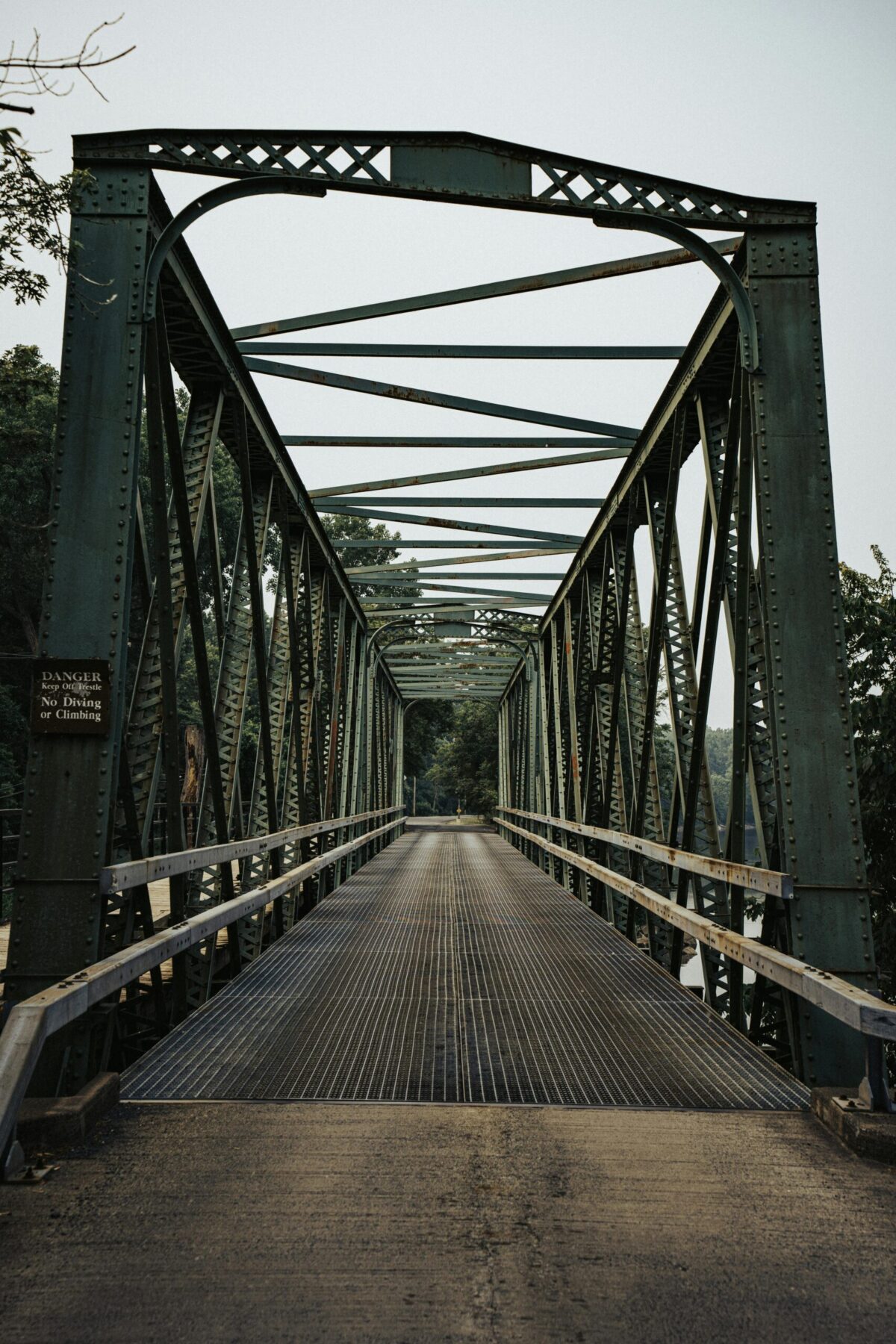AI and Drone Technologies Enhance Bridge Safety and Reduce Maintenance Costs
NTT Corporation (NTT) and NTT e-Drone Technology Corporation have developed a cutting-edge method to detect and repair corroded steel materials on bridges using a combination of AI image recognition and drones. This new approach aims to overcome the limitations of traditional visual inspections, ensuring the safety and longevity of steel structures worldwide. By utilizing this technology, the companies expect to significantly reduce the cost and effort of maintaining critical infrastructure like bridges.
Addressing the Challenges of Corrosion Detection
Corrosion in steel materials, particularly in hard-to-reach areas, presents significant challenges for the maintenance of bridges. Traditional inspection methods often rely on visual inspection, making it difficult to accurately assess the depth of corrosion. As NTT explains, “It can detect corrosion and estimate the corrosion depth at the same time by imaging with drones and AI inspection, which has been difficult to do with visual inspection by inspectors.” By automating the process with drones and AI, inspectors can more easily detect damage and estimate corrosion depth without the need for costly scaffolding or ultrasonic probes.
The Federal Highway Administration has highlighted the difficulties in corrosion detection, noting that test results can be inconsistent due to varying operator experience and equipment sensitivity. To address these issues, NTT has integrated AI into drone-based imaging systems, allowing for both detection and measurement of corrosion in steel bridges. This combination of technologies could improve the efficiency and accuracy of bridge inspections, ultimately ensuring the structural integrity of aging infrastructure.
Real-World Application in Japan
NTT and NTT e-Drone Tech tested their AI and drone-based solution on a bridge in Kumagaya City, Japan. The drones captured images of the bridge, which were analyzed by the AI to detect areas of corrosion and estimate the depth of damage. According to NTT, this technology has the potential to reduce inspection costs while increasing the accuracy of corrosion detection.
“Improvement of work efficiency and reduced maintenance costs by using an ultrasonic device to measure the amount of loss in the steel cross section of corroded areas using drone imaging and AI inspection,” said NTT in a press release. By automating these tasks, NTT aims to make it easier and more cost-effective for infrastructure managers to maintain bridges and other steel structures.
Future Outlook and Expansion
NTT plans to expand the use of this technology beyond bridges to include other infrastructure such as steel towers and guardrails. By continuing to refine the accuracy of the AI system and improve the efficiency of drone operations, NTT hopes to introduce this solution as an inspection support technology by fiscal year 2025.
NTT’s goal is to contribute to a sustainable society by reducing the rising costs of infrastructure maintenance and ensuring the safety of critical structures. The company will use the results of its demonstration in Kumagaya City to evaluate the practicality of the technology and explore ways to apply it to a broader range of infrastructure facilities.
Read more:
Miriam McNabb is the Editor-in-Chief of DRONELIFE and CEO of JobForDrones, a professional drone services marketplace, and a fascinated observer of the emerging drone industry and the regulatory environment for drones. Miriam has penned over 3,000 articles focused on the commercial drone space and is an international speaker and recognized figure in the industry. Miriam has a degree from the University of Chicago and over 20 years of experience in high tech sales and marketing for new technologies.For drone industry consulting or writing, Email Miriam.
TWITTER:@spaldingbarker
Subscribe to DroneLife here.

